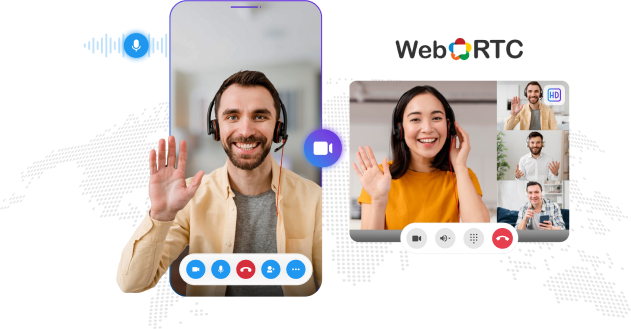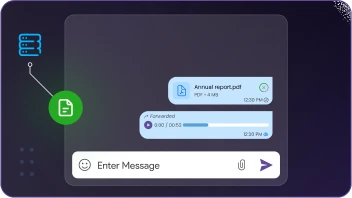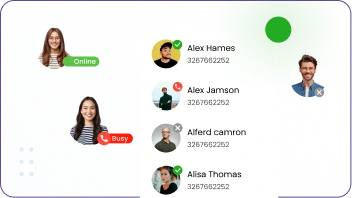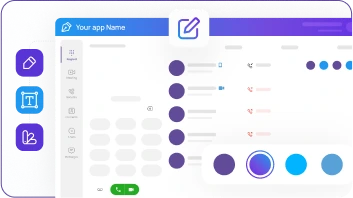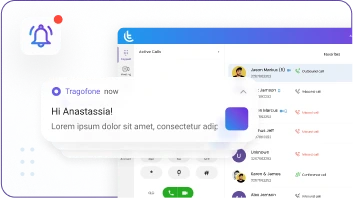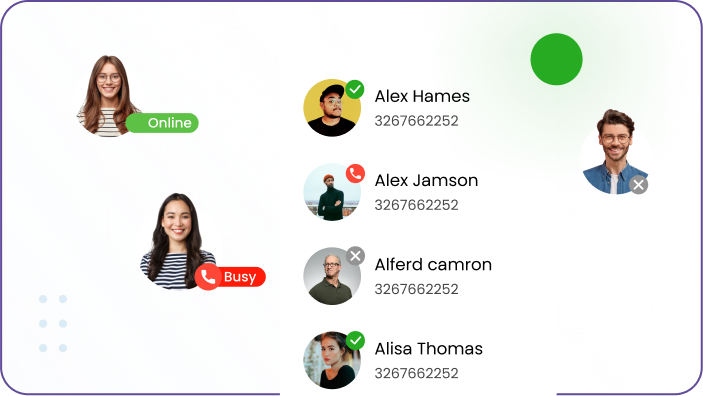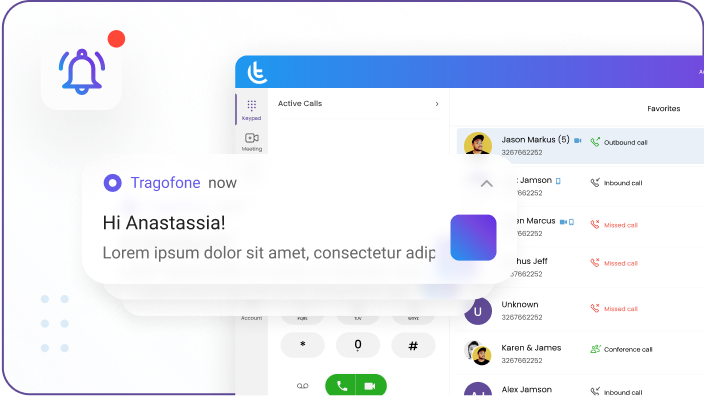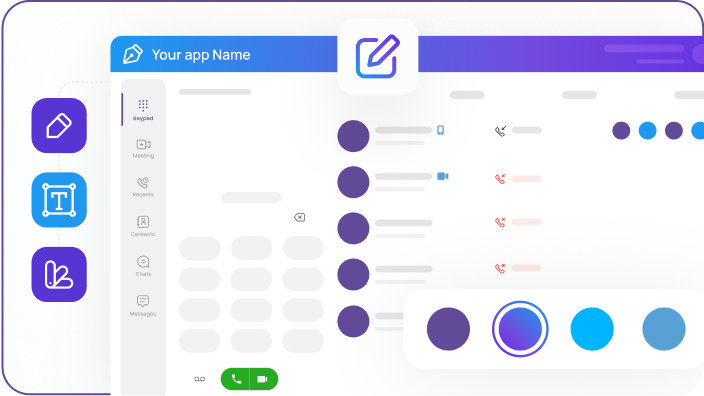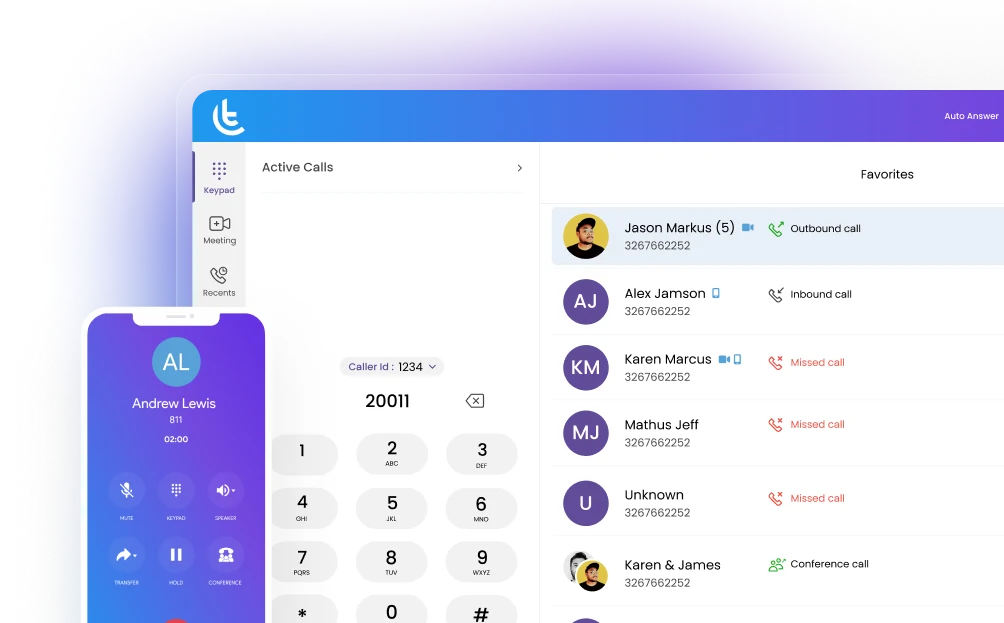WebRTC can be seen as an extension of VoIP, bringing the capabilities of making phone calls, video calls, text chat, and even Peer 2 Peer file transfers, directly through your web browser or mobile apps. WebRTC is a JavaScript API developed with the purpose of establishing communication functionality directly in your web browser without the need for downloading any plugins or clients. With WebRTC you can make phone or video calls straight from your web browser without having to load any plug-ins, or download a stand-alone softphone or web conferencing app.
WebRTC works on all popular mobile devices, and on the most widely used web browsers like Safari, Microsoft Edge, Mozilla Firefox, Google Chrome, and Opera. With WebRTC, it’s possible to build your own communication apps or platforms or embed them directly into your webpage. With WebRTC you can open up a web page and start a video chat without downloading any plugins.








